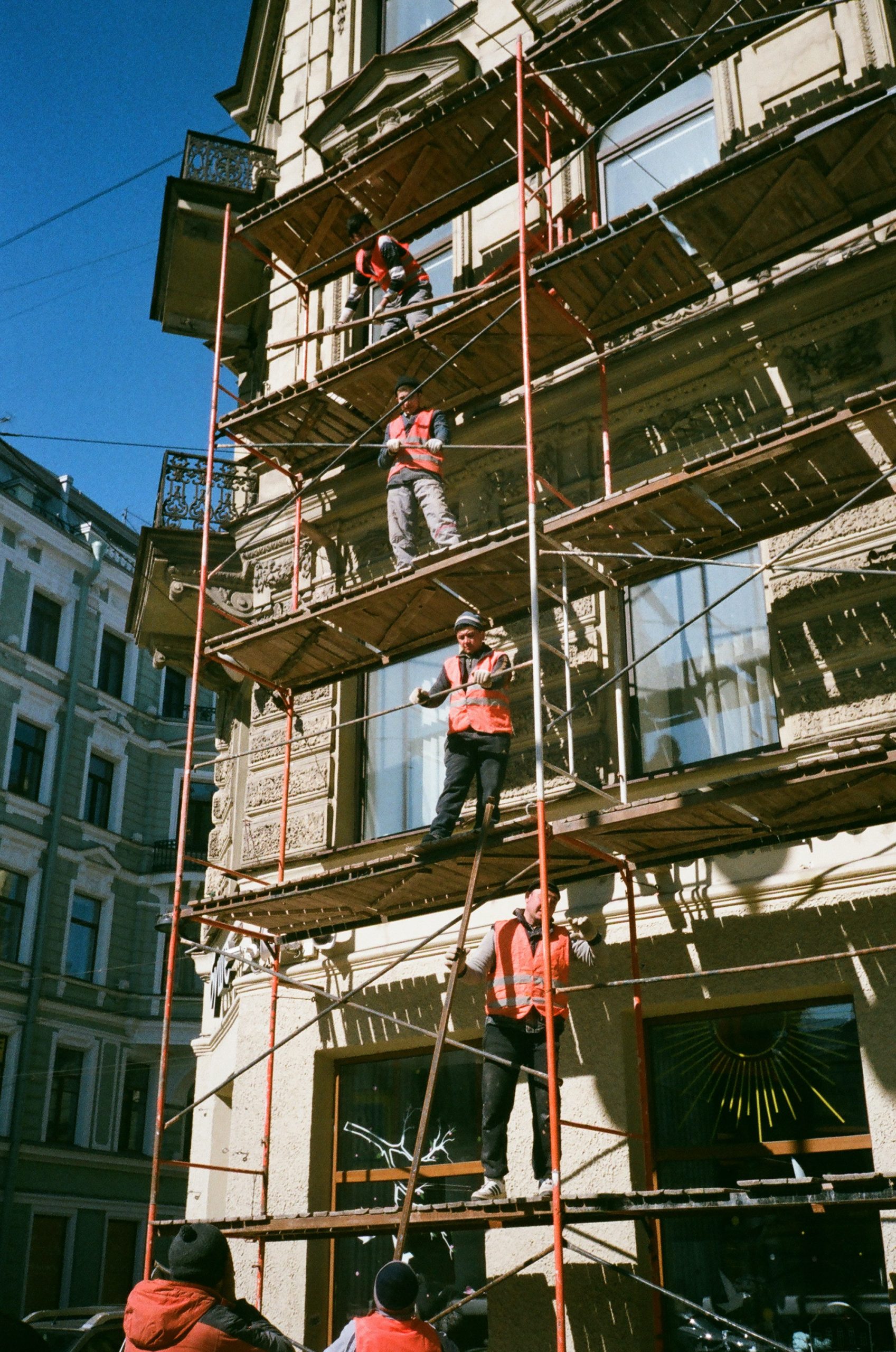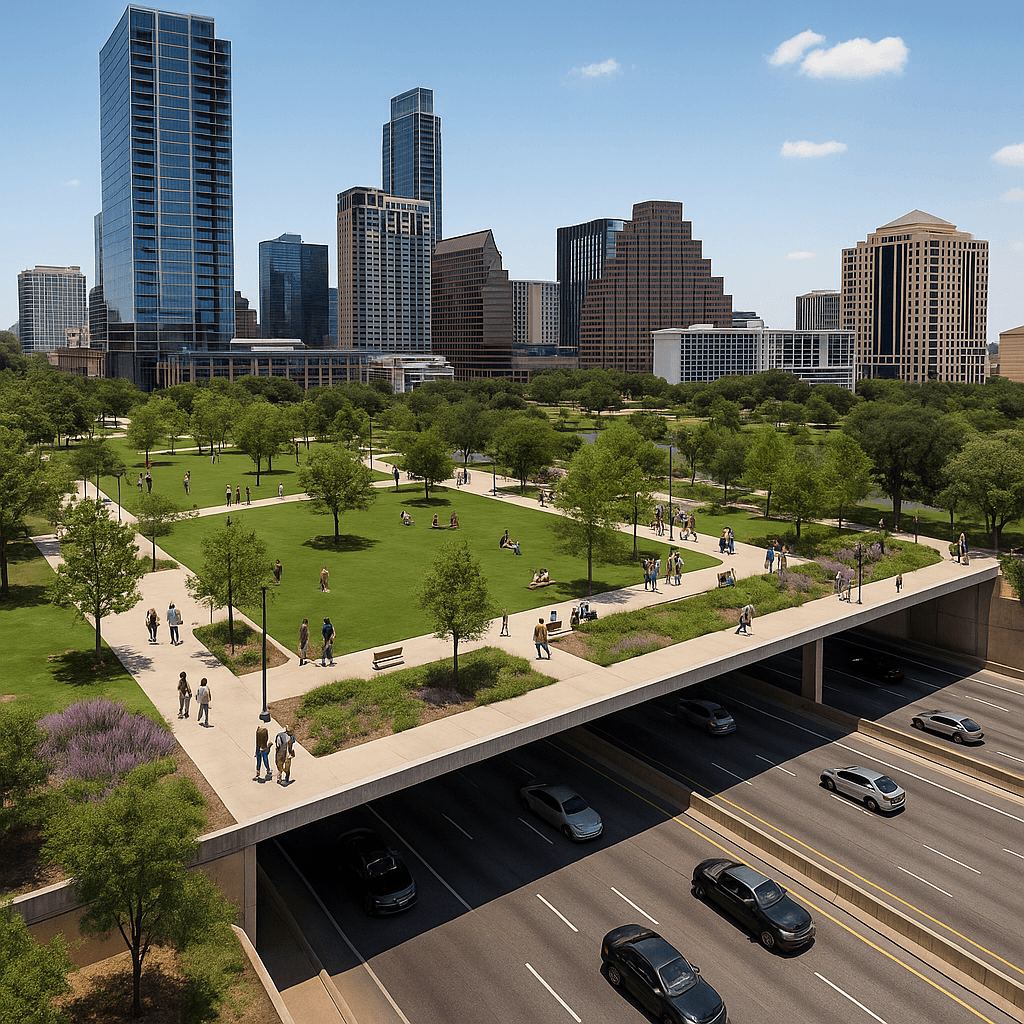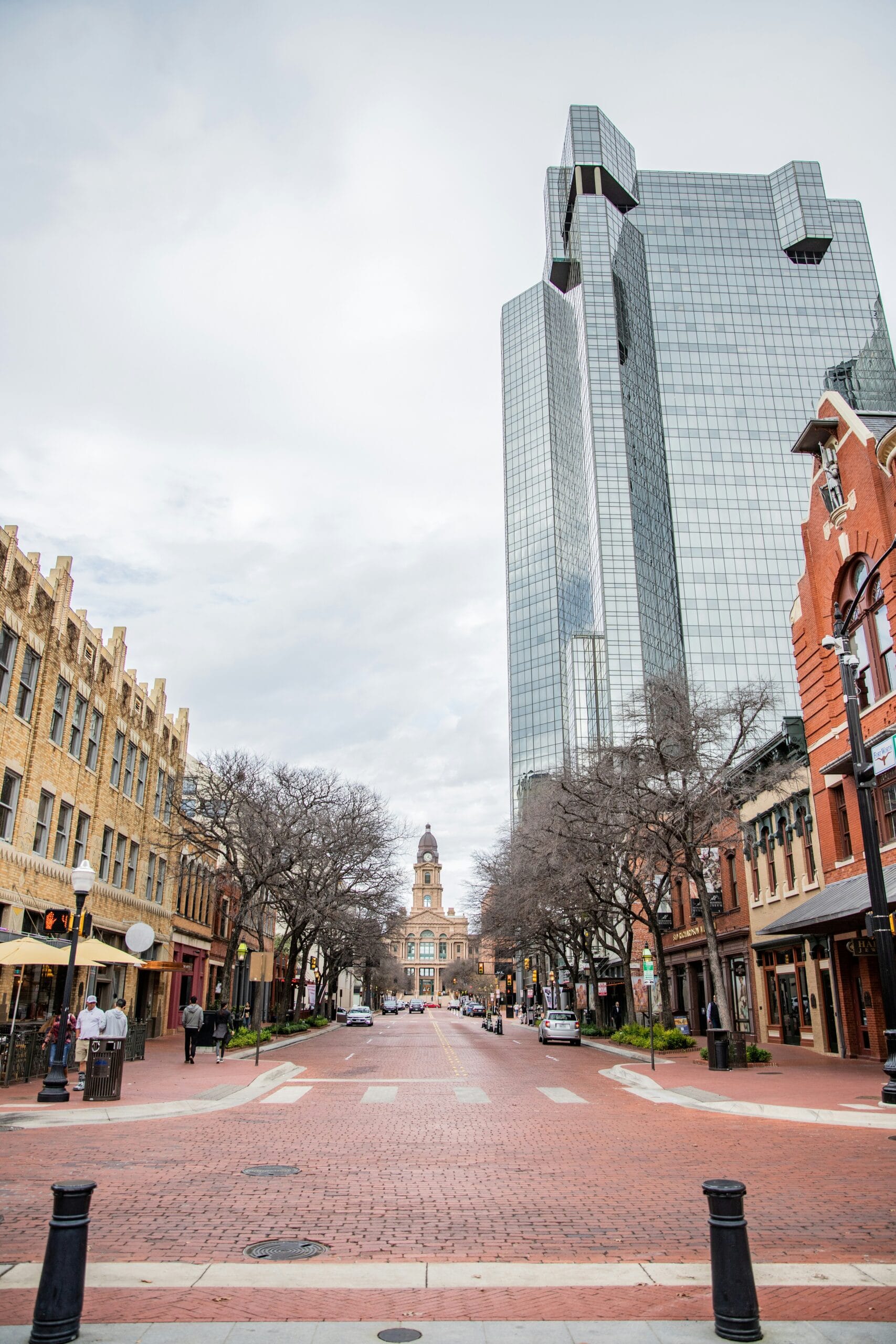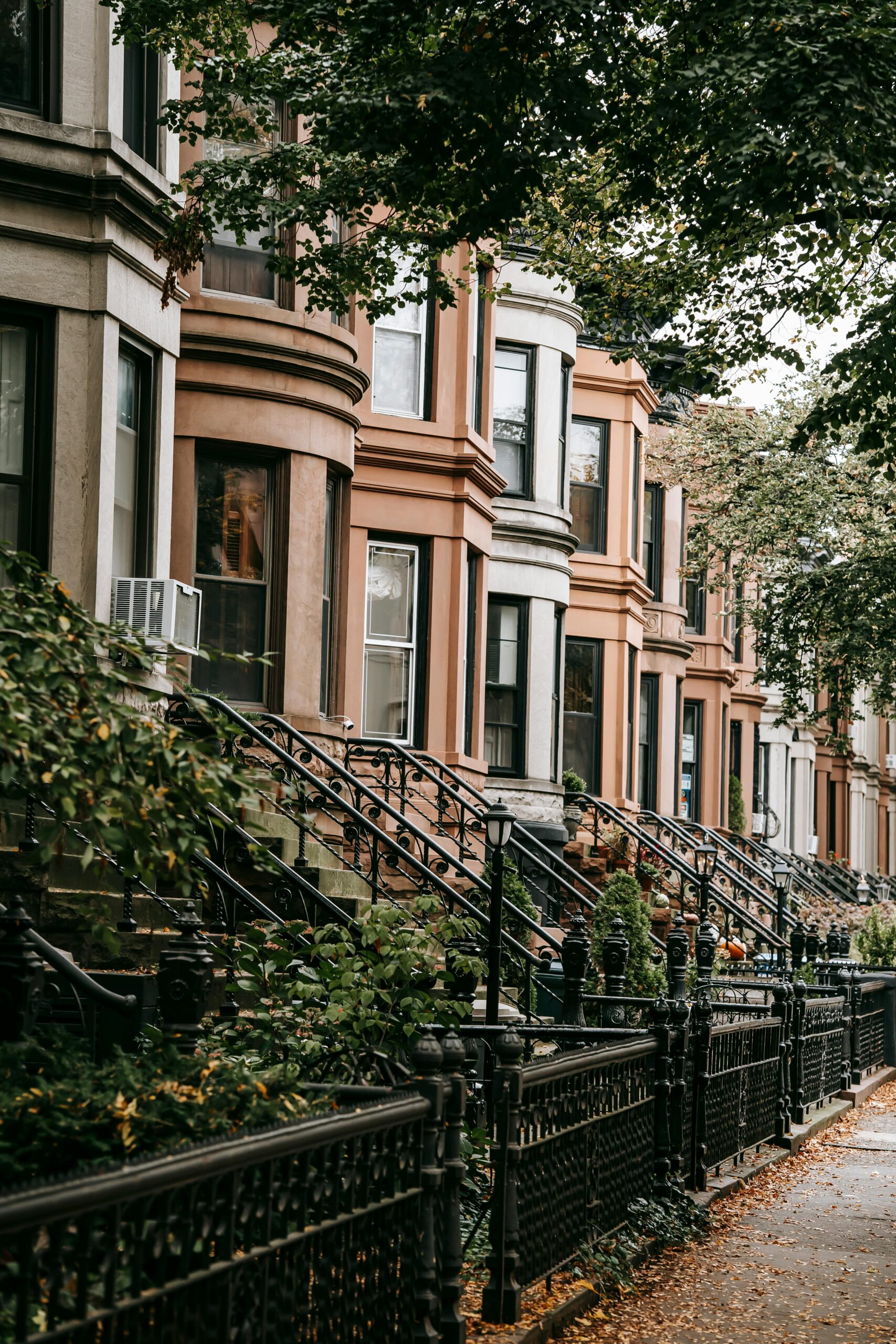A couple of months ago, I wrote in this blog that maybe things are changing in the office market. If there are back to work efforts, is it possible that the office market could be on the mend? Well little did I know what a soothsayer I am.
According to a recent article, Dallas-Fort Worth has recently witnessed a significant surge in new office construction. Are developers optimistic about the future of DFW office? Possibly. But there are potentially a lot of factors influencing this increase – including economic resilience, corporate migration patterns, and evolving workplace dynamics. So lets talk about it.
Recent Dallas Office Market Developments
In 2024, the DFW office sector demonstrated remarkable stability and growth. According to data from CommercialEdge, over 2.9 million square feet of office space were under construction, with 2.8 million square feet delivered across 18 properties. Notably, Dallas office construction starts experienced a 50% year-over-year increase, with 1.7 million square feet breaking ground during the year.
However, it wasn’t all good news. This construction has been accompanied by rising vacancy rates. The market-wide vacancy rate increased to 26.8% in 2024, translating to just over 61 million square feet of unoccupied office space spread across DFW. This juxtaposition of robust construction activity and increasing vacancies is strange. It underscores the nuanced dynamics at play in the Dallas office market.
How Does Dallas Compare to Other Cities?
But this isn’t completely odd. Is Dallas similar to other cities or is it an outlier? When comparing Dallas’s office construction activity to other major Texas cities and national trends, distinct patterns emerge. While the U.S. commercial construction sector experienced a 13.5% year-over-year decline in spending as of June 2024, DFW defied this trend with over six million square feet of new office space underway at the start of the year, representing nearly 10% of all commercial space under construction nationwide.
In contrast, cities like Austin and San Antonio have not seen much growth in office space. Instead, their growth has been focused in things like data center development rather than traditional office spaces. Over the past five years, data centers in these regions have quadrupled, driven by the demand for artificial intelligence and cloud services. This expansion, led by companies like Microsoft, highlights a shift towards specialized commercial real estate developments in these markets.
Will Dallas Office Continue to Surge?
Several factors contribute to the rise in new office construction in Dallas:
- Corporate Relocations and Expansions: Dallas has become a magnet for corporations seeking a business-friendly environment. Notably, Goldman Sachs is investing $500 million in a new office campus in Dallas, expected to open by 2028 and house up to 5,000 employees. This development reflects a broader trend of companies relocating to Texas due to its favorable business climate.
- Economic Resilience: DFW has demonstrated economic stability, attracting investments and fostering a conducive environment for commercial development. This resilience has instilled confidence among developers and investors, fueling new construction projects.
- Evolving Workplace Dynamics: As companies adapt to hybrid work models, there is a growing demand for high-quality, amenity-rich office spaces that can entice employees back to the workplace. Developers are responding by constructing modern offices equipped with features that promote collaboration and well-being. For instance, the planned Goldman Sachs campus emphasizes a campus-like atmosphere with rooftop gardens, a 1.5-acre park, and various amenities aimed at supporting workforce health and wellness.
Projections for Future Office Construction in Texas
Looking ahead, the trajectory of office construction in Texas will likely be influenced by several factors:
- Sustained Corporate Migration: The continued influx of companies into Texas is expected to drive demand for office spaces, particularly in markets like Dallas that offer a favorable business environment.
- Hybrid Work Models: While remote work remains prevalent, many companies are adopting hybrid models that necessitate physical office spaces. This shift may lead to a reconfiguration of office designs and sustained demand for new constructions that cater to these evolving needs.
- Market Saturation and Vacancy Rates: The current high vacancy rates in markets like Dallas may temper the pace of new construction in the short term. Developers might adopt a more cautious approach, focusing on pre-leased projects or repurposing existing spaces to align with market demand.
One potential offset to this is the demand for smaller space. While companies may be coming back to the office, its entirely possible that they footprint they want or need is smaller than what it was previously. That could reduce the demand.
While the Dallas office market has experienced a notable surge in construction activity, the interplay of economic factors, corporate behaviors, and workplace trends will shape the future landscape of office development in Texas. Stakeholders should remain attuned to these dynamics to navigate the evolving commercial real estate environment effectively.



